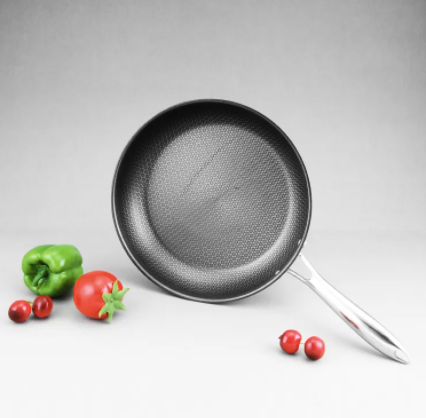How do you know when it's time to change cat litter?
As conscientious cat owners, it's crucial to stay attuned to your feline friend's needs, and one essential aspect is knowing when it's time to change the cat litter. Recognizing the signs ensures a clean and comfortable environment for your cat, promoting their well-being and preventing potential health issues.
1. Odor Build-Up:
Significance: Lingering odors indicate the saturation of the litter with waste.
Action: Change the cat litter if the odor becomes noticeable despite regular scooping.
2. Clumping Breakdown:
Significance: Clumping litter loses its effectiveness when clumps disintegrate.
Action: If clumps break apart easily during scooping, it's time for a complete litter change.
3. Litter Discoloration:
Significance: Darkening or discoloration suggests dirt and bacteria accumulation.
Action: Change the litter when it no longer maintains its original color and texture.
4. Reduced Absorbency:
Significance: Litter for cats becomes less absorbent over time.
Action: If you notice increased wetness or a slimy texture, it's time to replace the litter.

Home & Garden
Unveiling the Versatility of Metal Baskets
Unveiling the Superiority of Metal Frame Residences Over Traditional Sheet Metal Houses
Choosing the Optimal Water Valve: A Comprehensive Guide
Which Custom Natural Rattan Tray offers the best value for its price?
Discover the Beauty of Custom Natural Rattan Tray
Are wicker baskets good for laundry?
5. Behavioral Changes:
Significance: Cats may express discomfort by avoiding the litter box.
Action: If your cat starts eliminating outside the box, consider changing the litter to address their preferences.
6. Frequency of Scooping:
Significance: An increase in scooping frequency may signal litter saturation.
Action: If you find yourself scooping more frequently, it's time for a full litter change.
7. Health Considerations:
Significance: Cats with health issues may require more frequent litter changes.
Action: Follow your veterinarian's advice on litter management for cats with specific health conditions.
8. Environmental Impact:
Significance: Eco-friendly litters may have different change frequencies.
Action: Adhere to the recommended guidelines for your specific type of litter to balance sustainability and cleanliness.
Conclusion: Regular observation and responsiveness to these indicators are key to maintaining a clean and hygienic litter box environment. By addressing these signs promptly, cat owners ensure their pets enjoy a comfortable space while minimizing the risk of health issues. Tailoring litter changes to the cat's habits and choosing the right type of litter contribute to a harmonious coexistence between owners and their feline companions.
Advantages of Using CPLA Cutlery
What is the standard size of wicker basket?
What is the advantage of having the basket made of wicker?
Aesthetic appeal or eco-friendly choice? Which - handmade custom rattan baskets vs machine-made alternatives
Transform Your Space with Stylish Custom Rattan Baskets
What is the difference between rattan and seagrass?
Unveiling the Beauty and Versatility of Candlesticks: A Guide for Home Decor Enthusiasts











